How often should you replace pickleball paddle grip tape?
Aug 04, 2025
Pickleball has rapidly grown from a casual backyard game into a widely popular sport, attracting players of all ages and skill levels. Whether you're a beginner just getting started or a seasoned pro competing in tournaments, one often-overlooked aspect of your pickleball paddle is the grip tape. Knowing when to replace it is crucial for maintaining optimal performance and preventing discomfort or injury during play.
The grip tape on your pickleball paddle serves several vital functions. Firstly, it provides a secure and comfortable hold on the paddle, allowing you to execute precise shots with confidence. Secondly, it helps absorb sweat, keeping your hands dry and reducing the risk of the paddle slipping out of your grasp during intense rallies. Additionally, a well-maintained overgrip can enhance your overall playing experience, making each session more enjoyable and less fatiguing. There is no fixed answer to how often grip tapes should be replaced. It mainly depends on the usage situation. The following are several factors that affect the replacement frequency.
1. Frequency of play
The more often you play pickleball, the quicker your grip tape will wear out. If you're hitting the courts several times a week, engaging in long practice sessions or competitive matches, your grip tape will be subjected to constant friction, sweat, and pressure. In such cases, you may need to replace the grip tape every few weeks to a month to ensure optimal performance. On the other hand, if you only play occasionally, say once or twice a month, your grip tape may last several months before needing replacement.
2. Playing conditions
Playing outdoors exposes your grip tape to various environmental factors that can accelerate its deterioration. Sunlight, heat, and humidity can cause the grip tape to dry out, become brittle, and lose its tackiness. Dust and dirt from outdoor courts can also accumulate on the grip tape, making it feel rough and reducing its friction. If you frequently play outdoors, especially in harsh conditions, you'll likely need to replace your grip tape more often than if you play primarily indoors, where the environment is more controlled.
3. Personal sweat production
Everyone sweats differently, and the amount of sweat your hands produce can significantly impact the lifespan of your grip tape. Players with naturally sweaty hands will find that their grips become saturated and lose their effectiveness much faster. In such cases, using an overgrip, which is a thin, absorbent layer placed over the existing grip tape, can help extend the life of the main grip tape. However, even with an overgrip, those who sweat severely may still need to replace their grip tape more frequently than those with drier hands.
4. Quality of the grip tape
Not all grip tapes are created equal. Higher-quality grip tapes are typically made from durable materials that resist wear and tear, maintain their tackiness for longer, and offer better sweat absorption. Investing in a premium grip tape may cost a bit more upfront, but it can save you money in the long run by lasting longer and providing a superior playing experience. Cheaper, lower-quality tapes may need to be replaced more frequently as they tend to degrade quickly under normal use.
There is no one-size-fits-all answer to the question of how often you should replace your pickleball paddle grip tape. The frequency of replacement depends on a variety of factors, including how often you play, the playing conditions, your personal sweat production, and the quality of the grip tape itself. By paying attention to the signs of wear and tear and replacing your grip tape when necessary, you can ensure that you always have a secure, comfortable, and effective grip on your paddle, allowing you to play your best game every time you step onto the court.

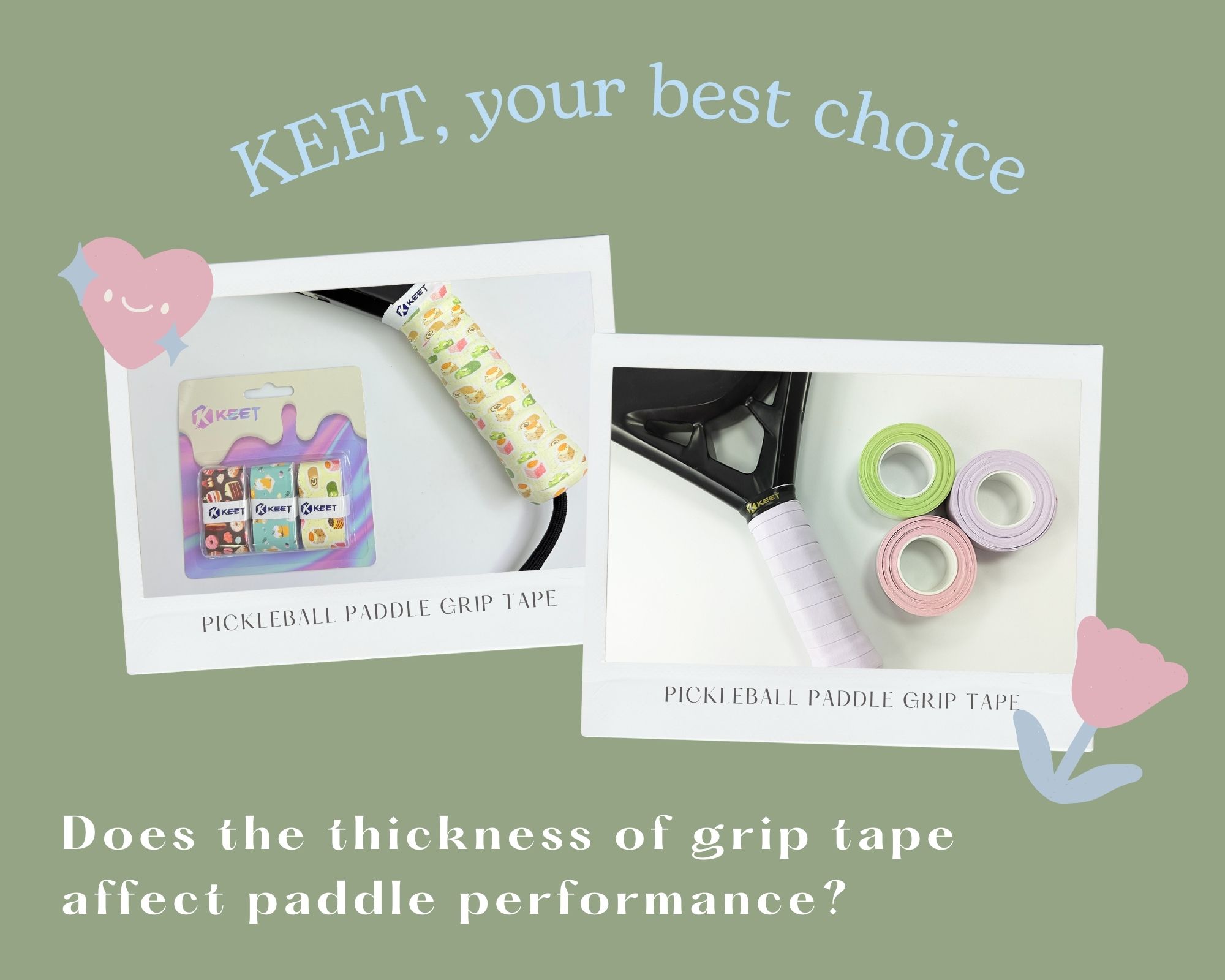

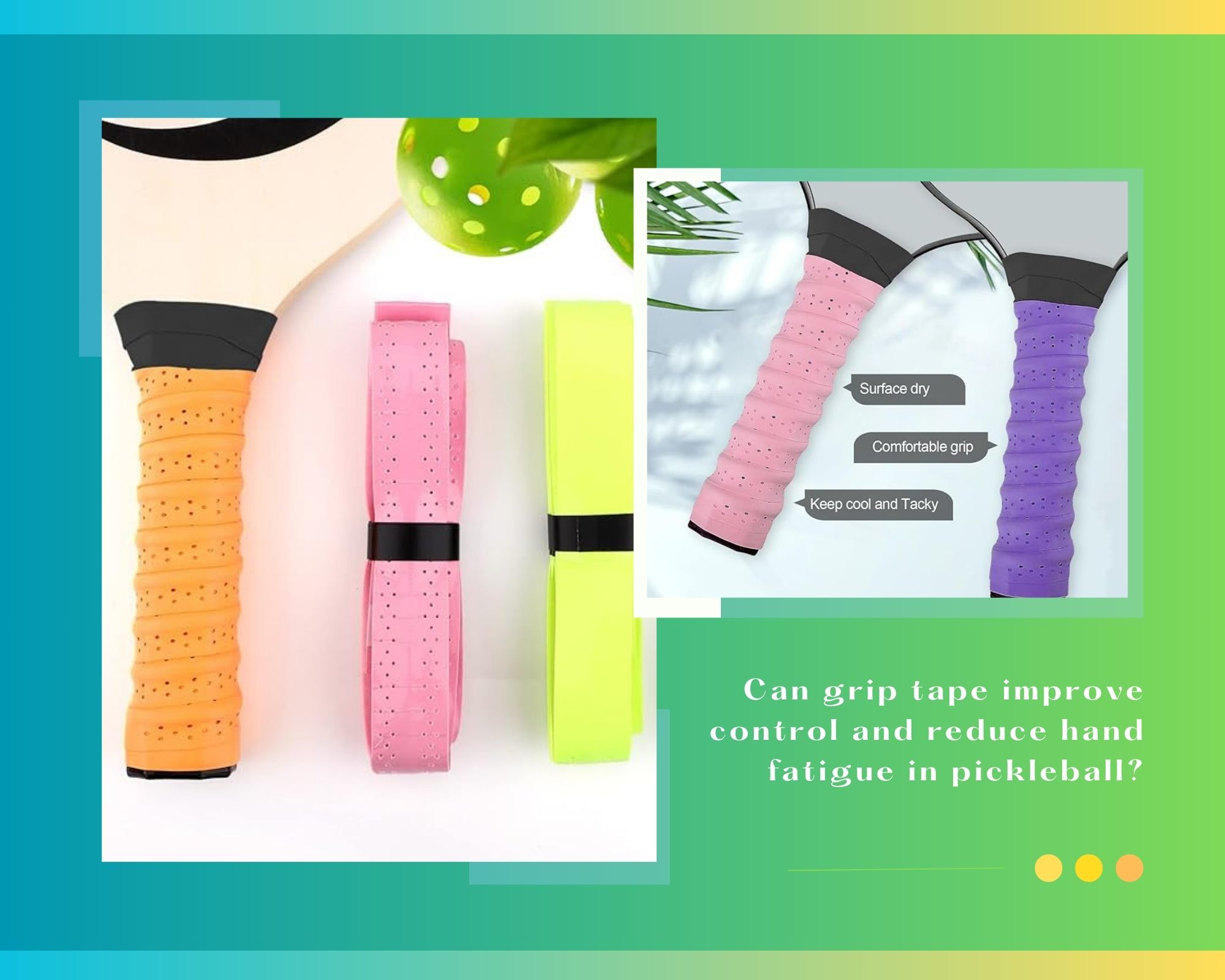
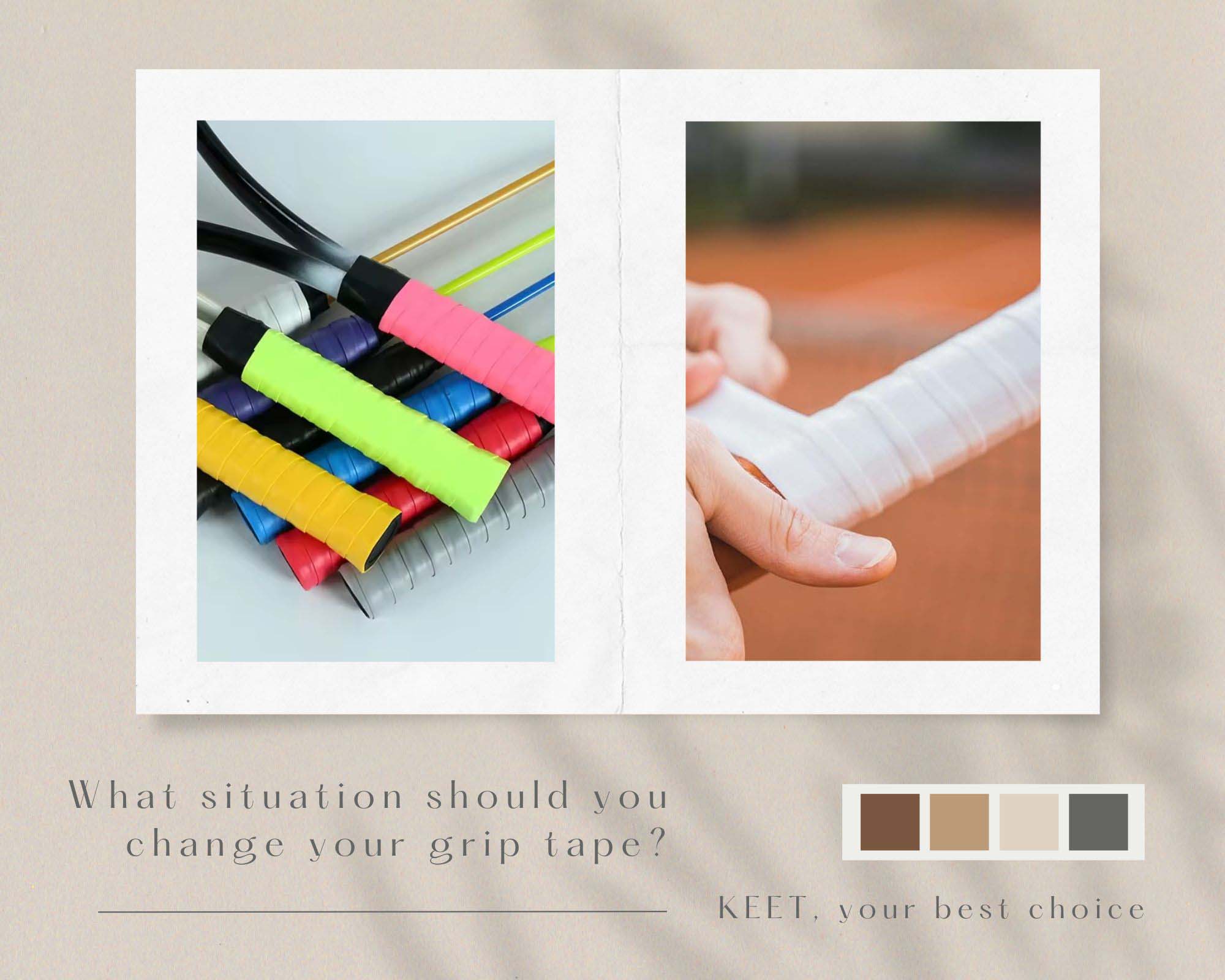
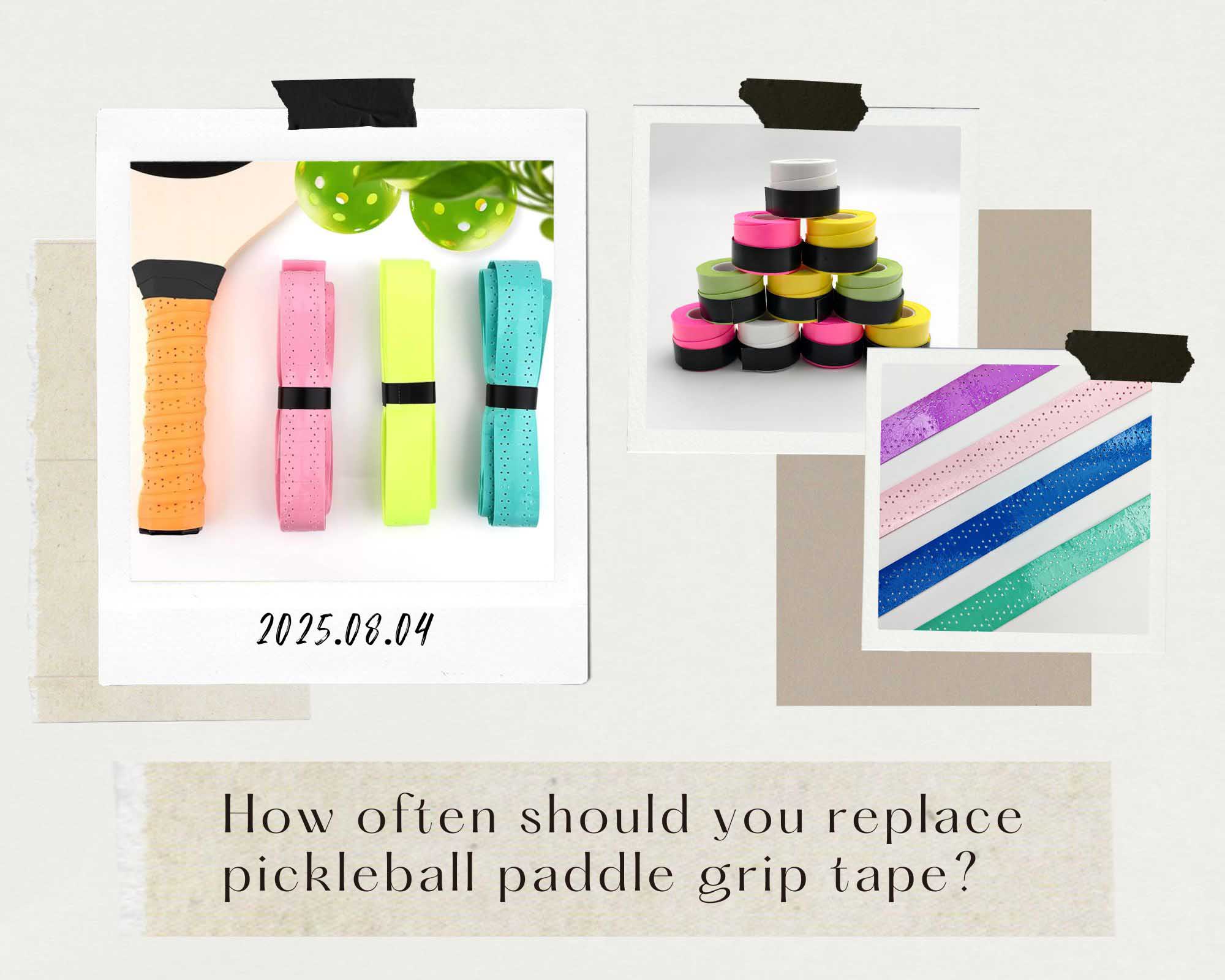


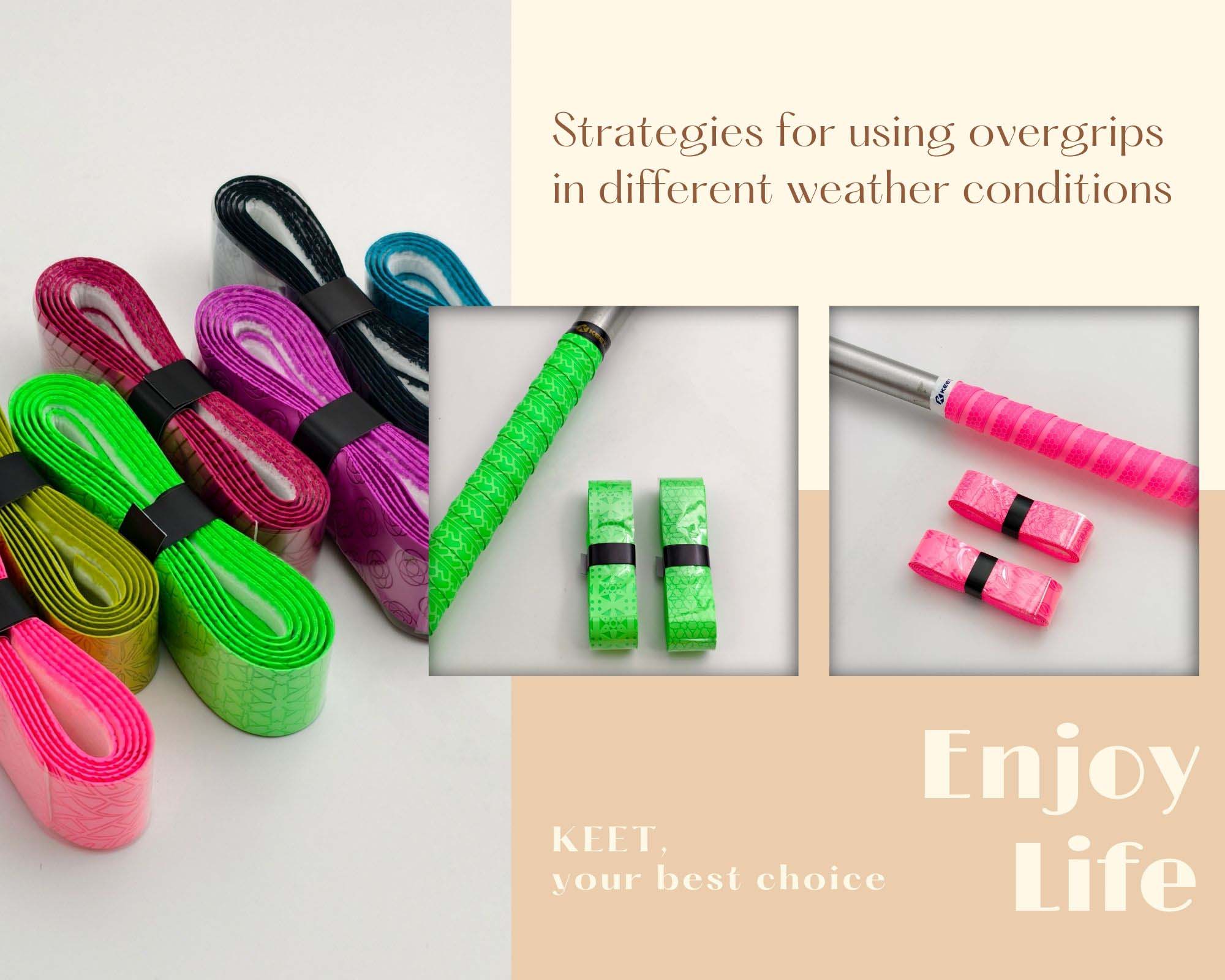
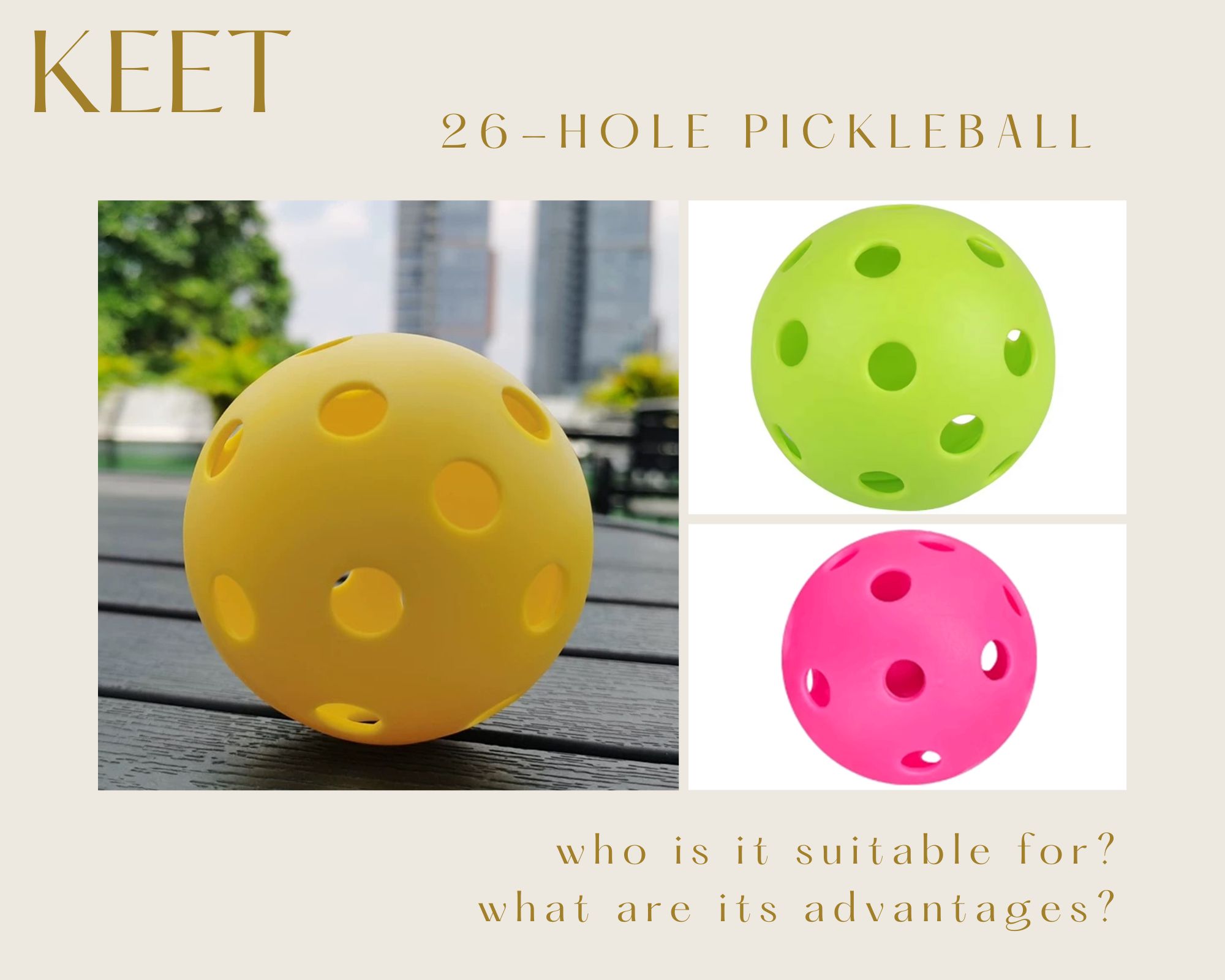
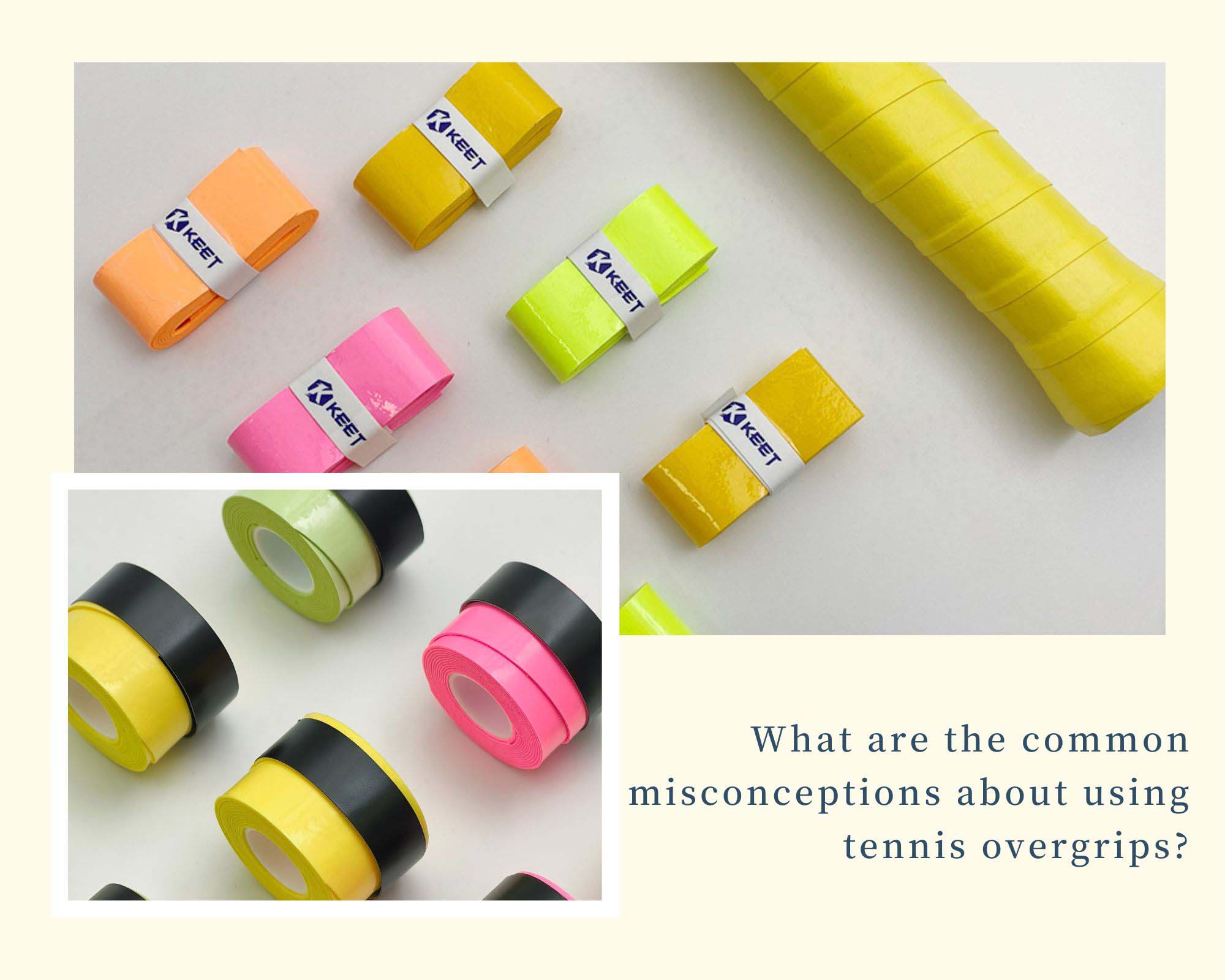

 Network Supported
Network Supported